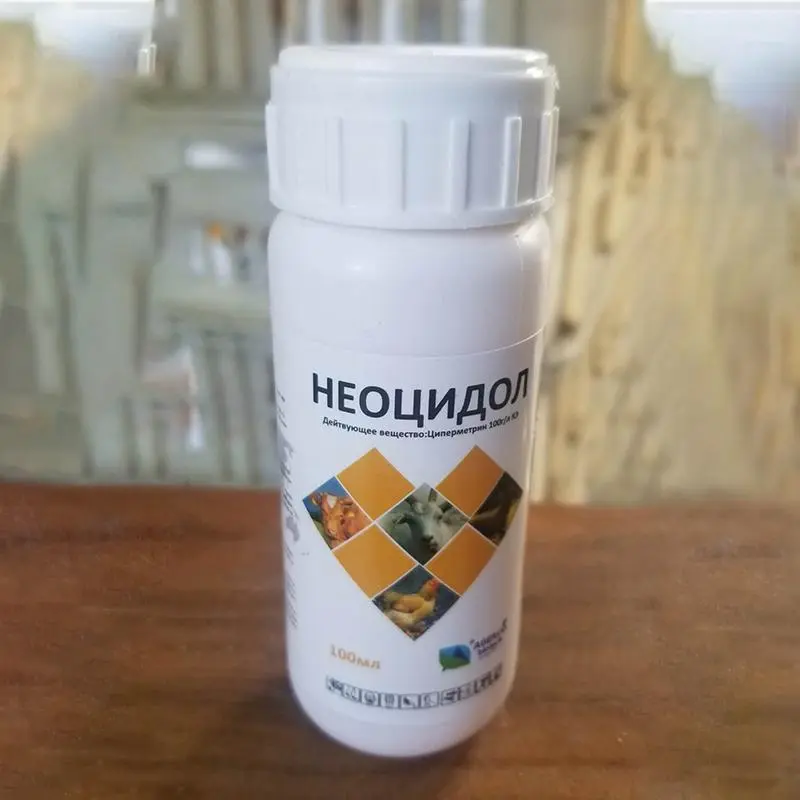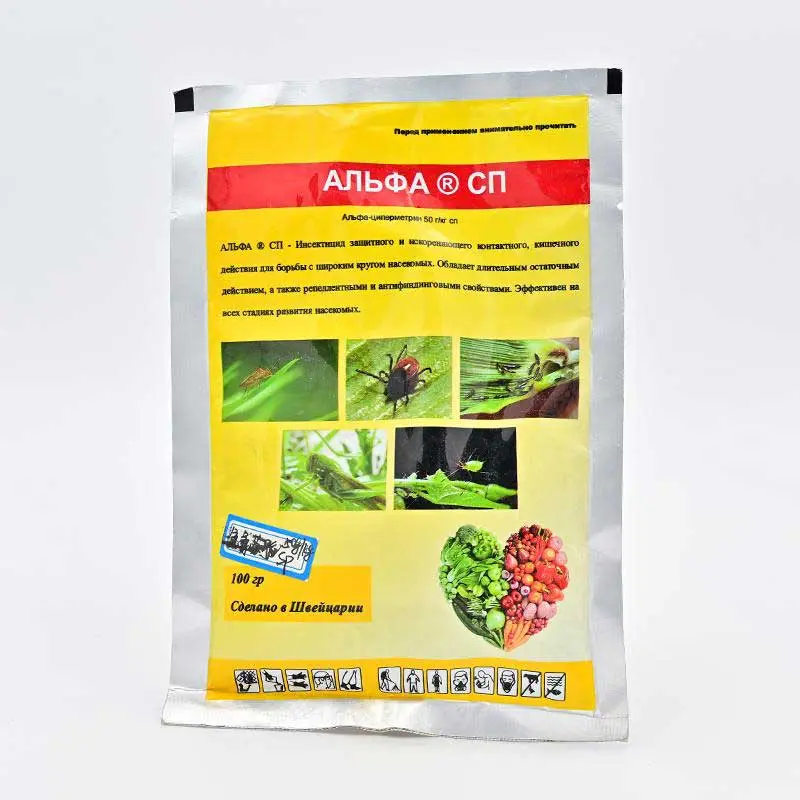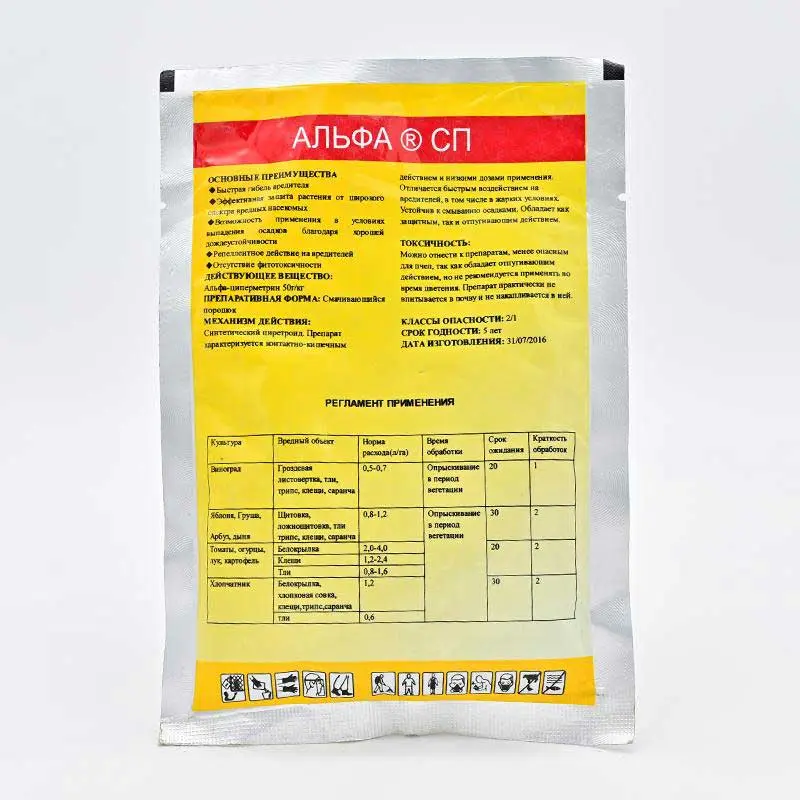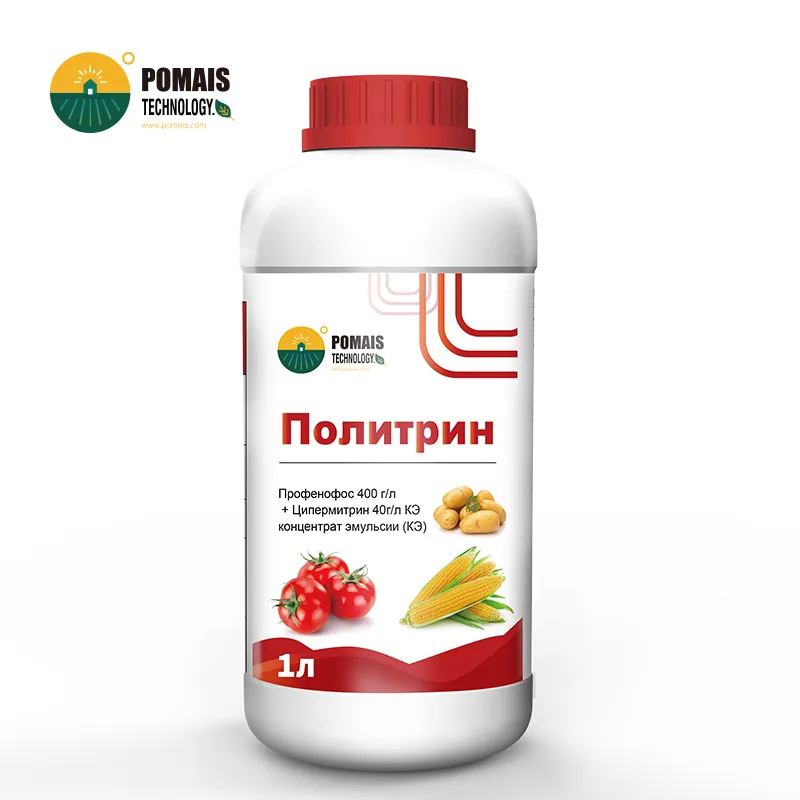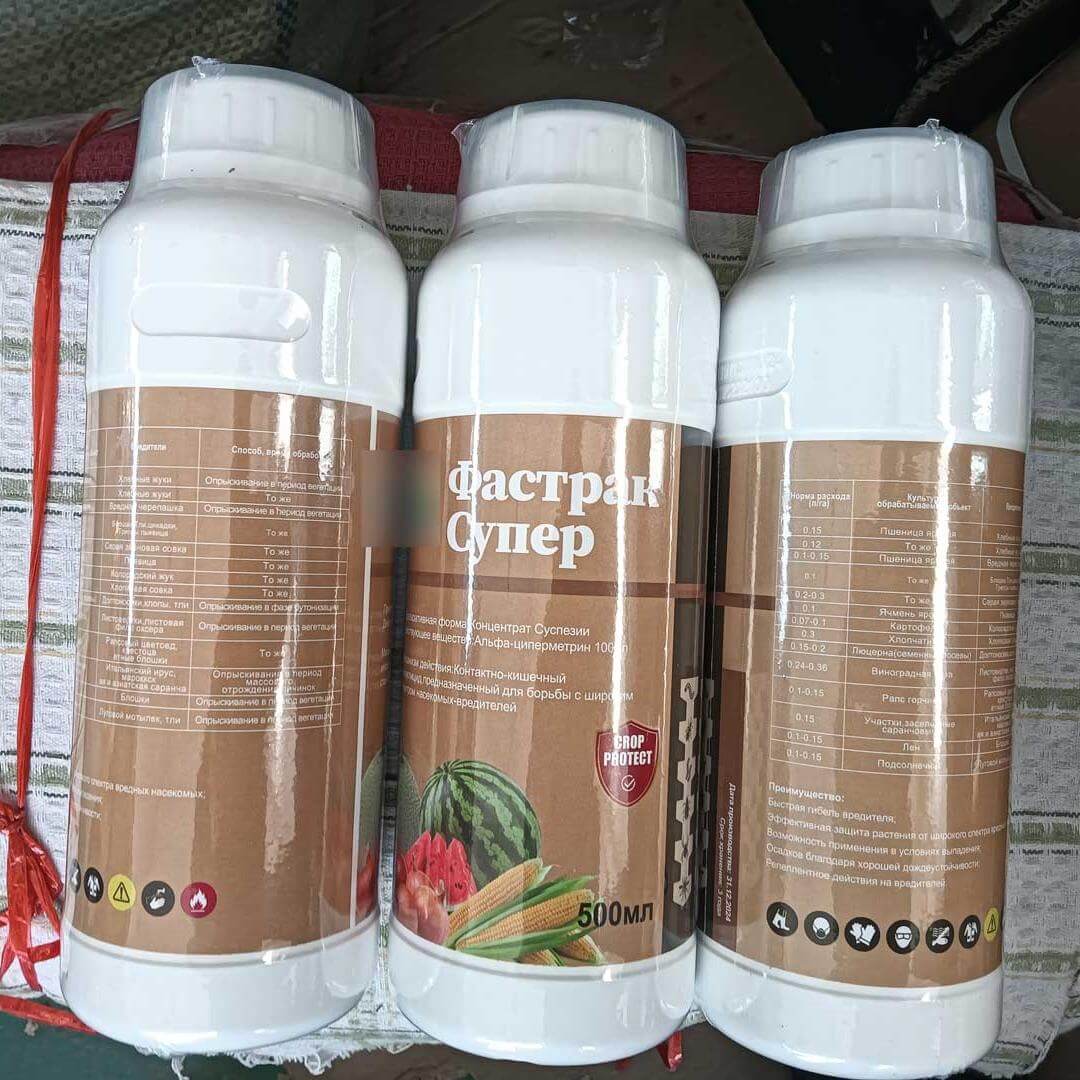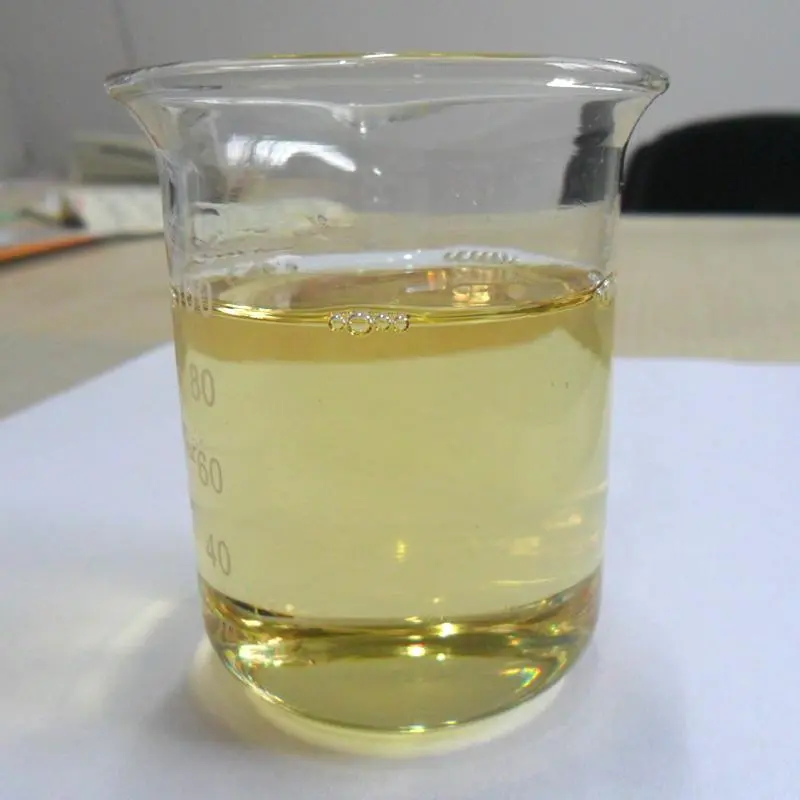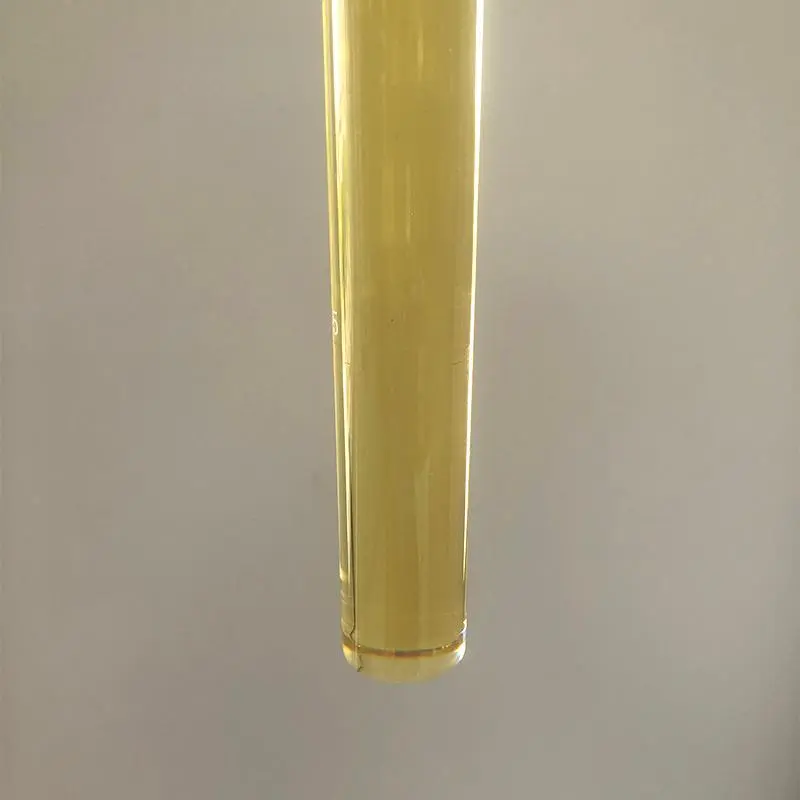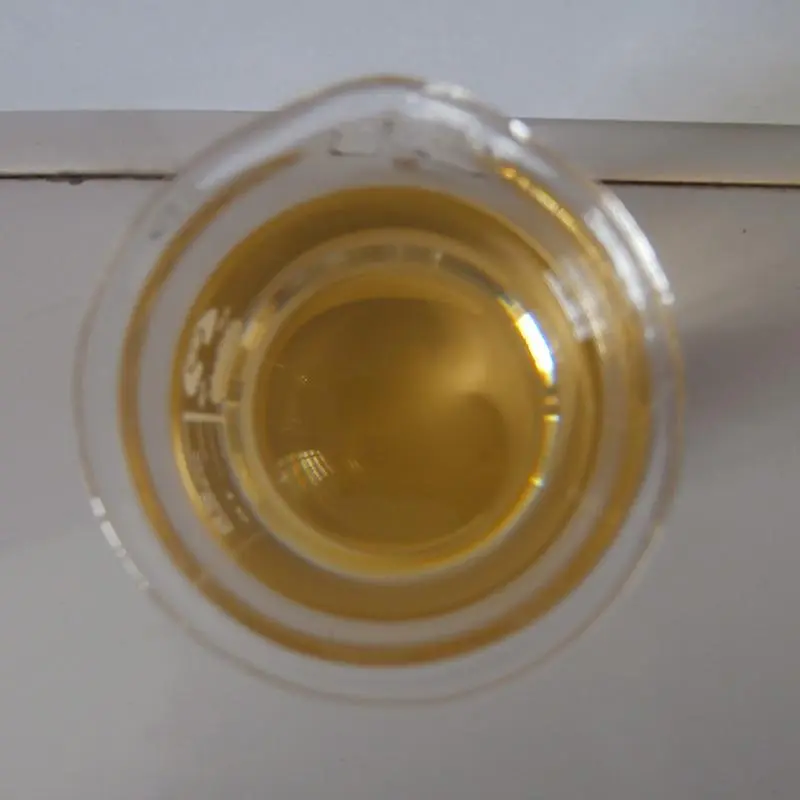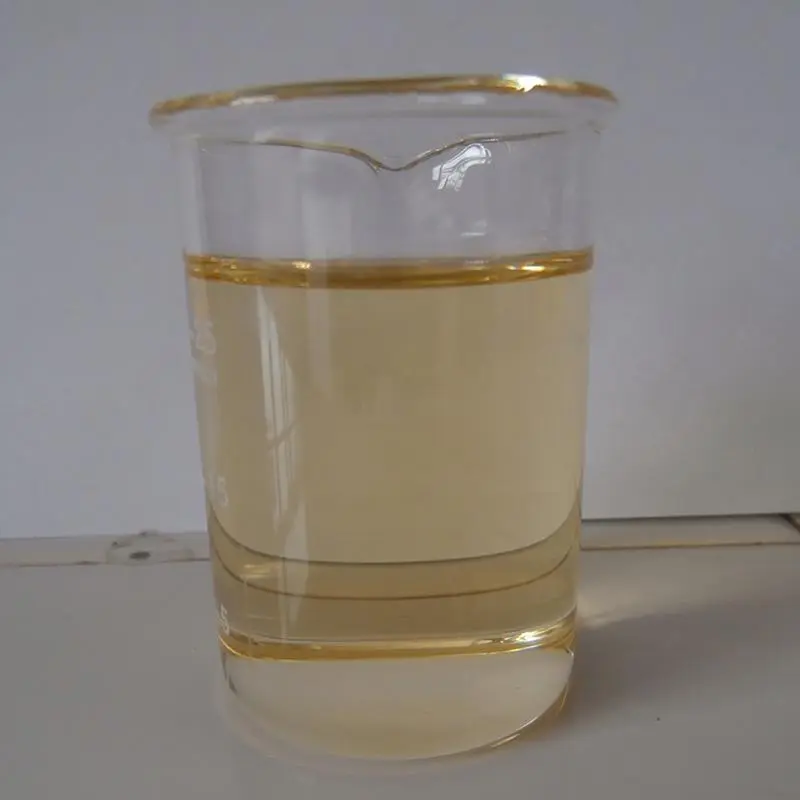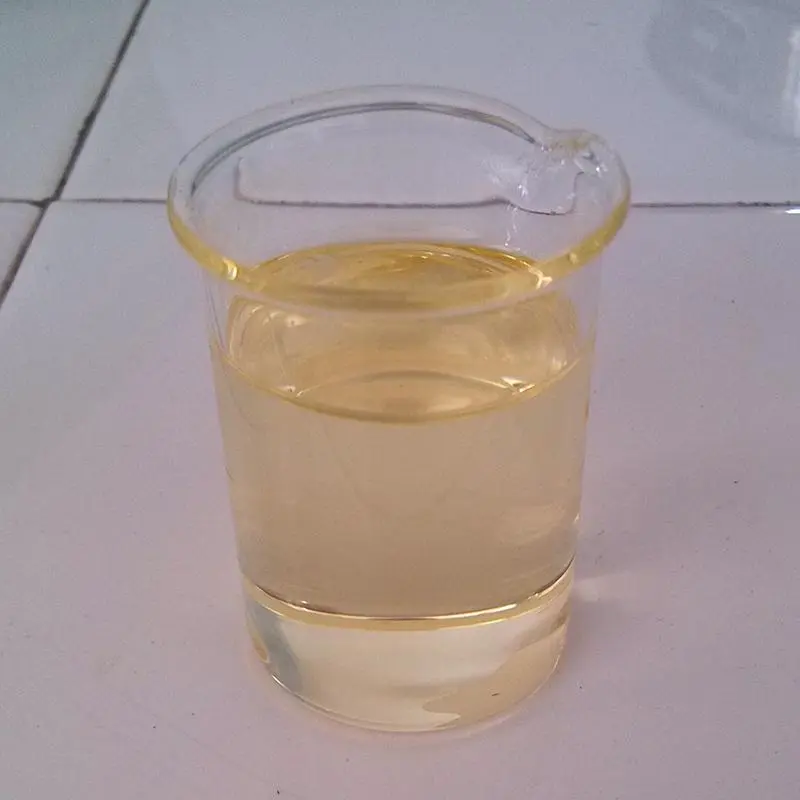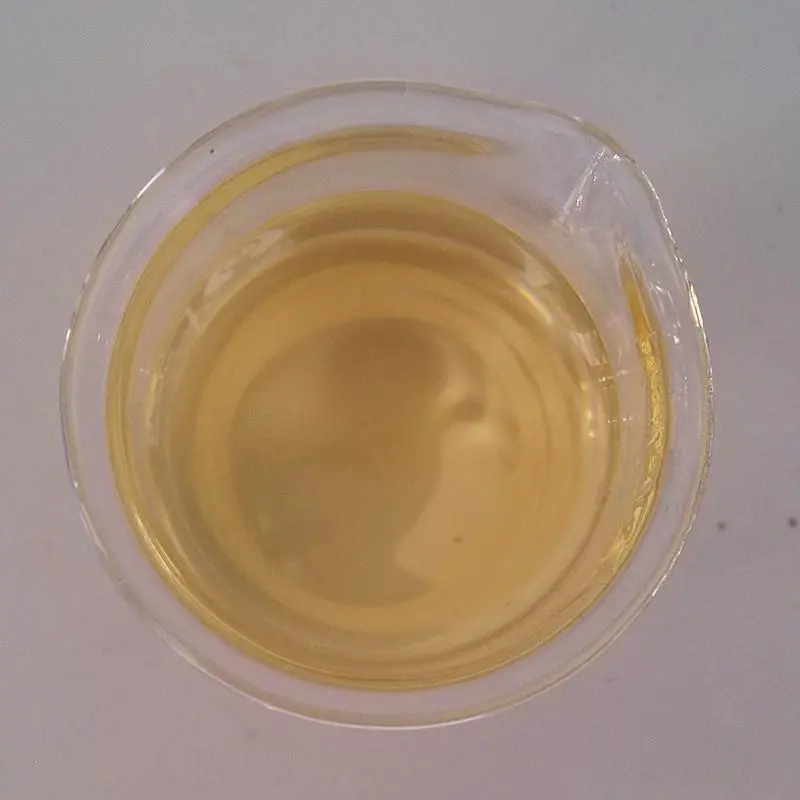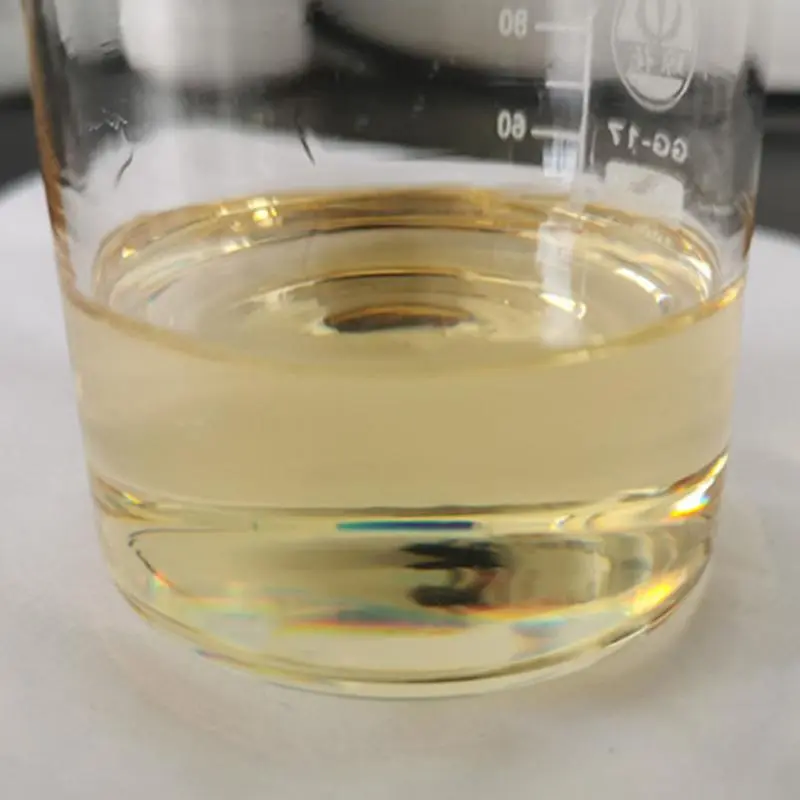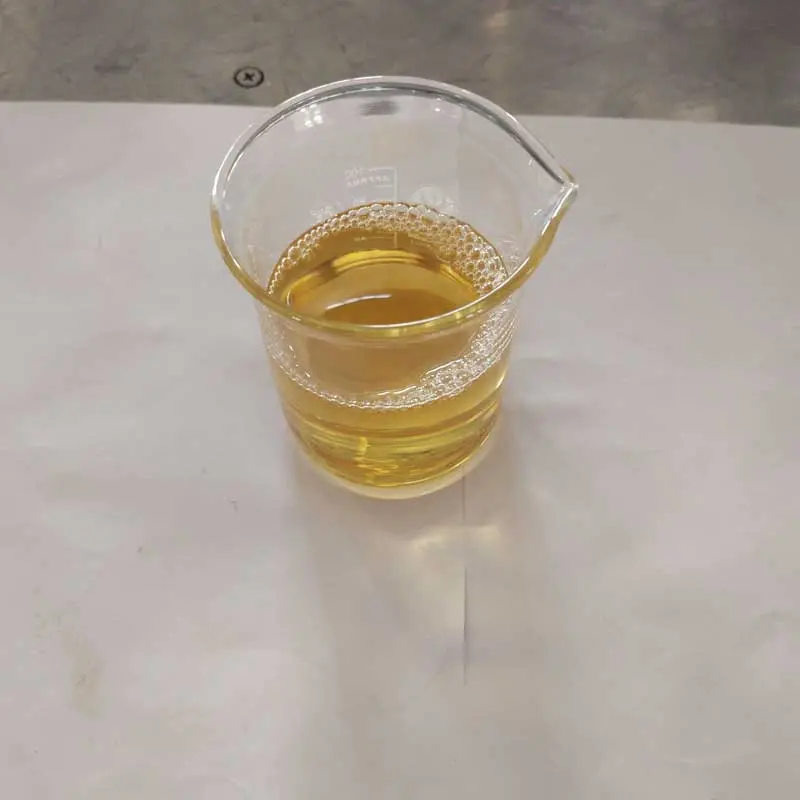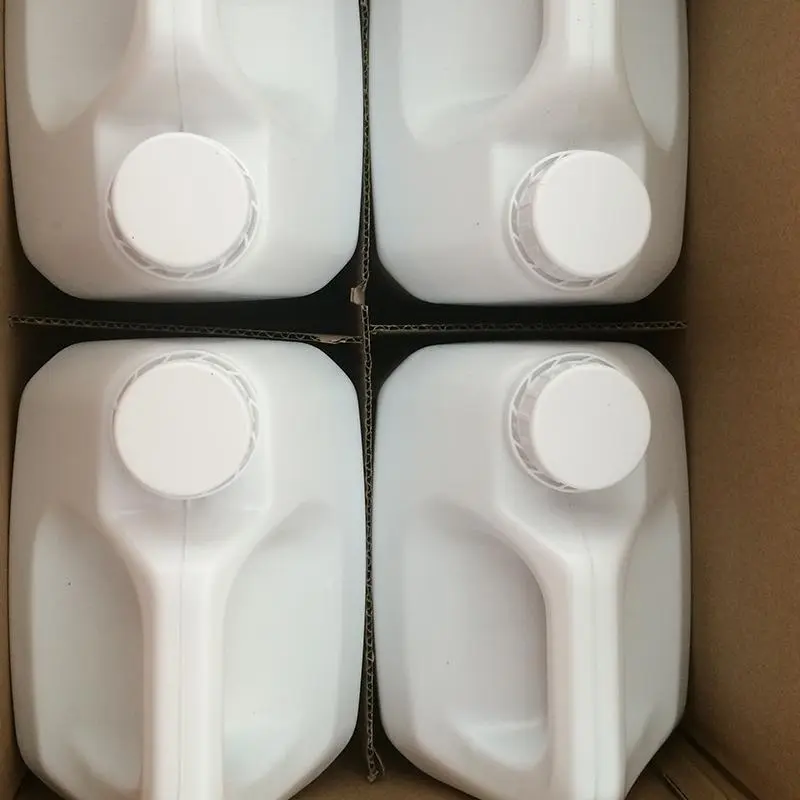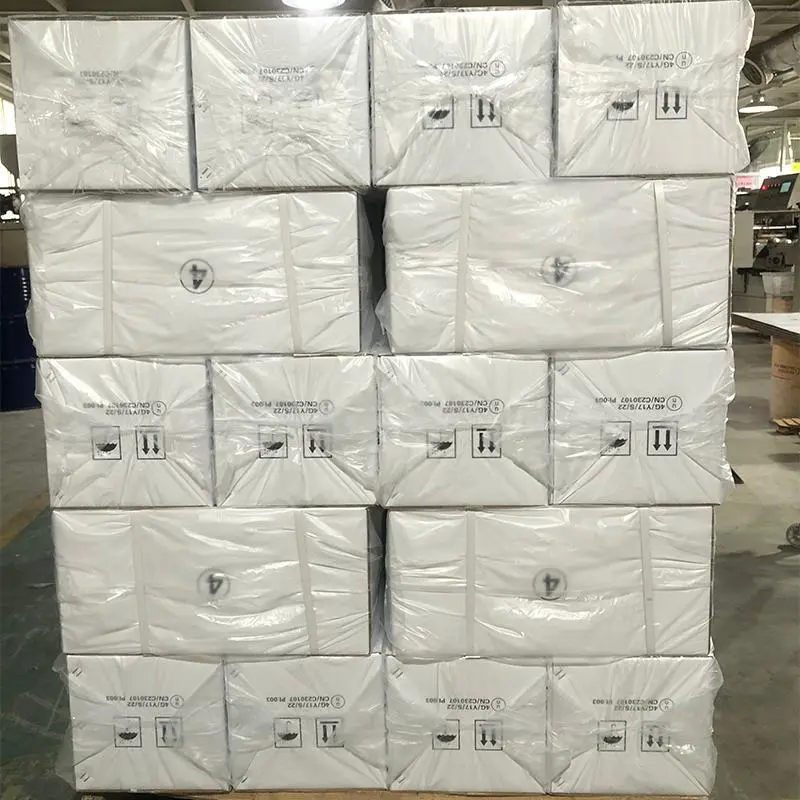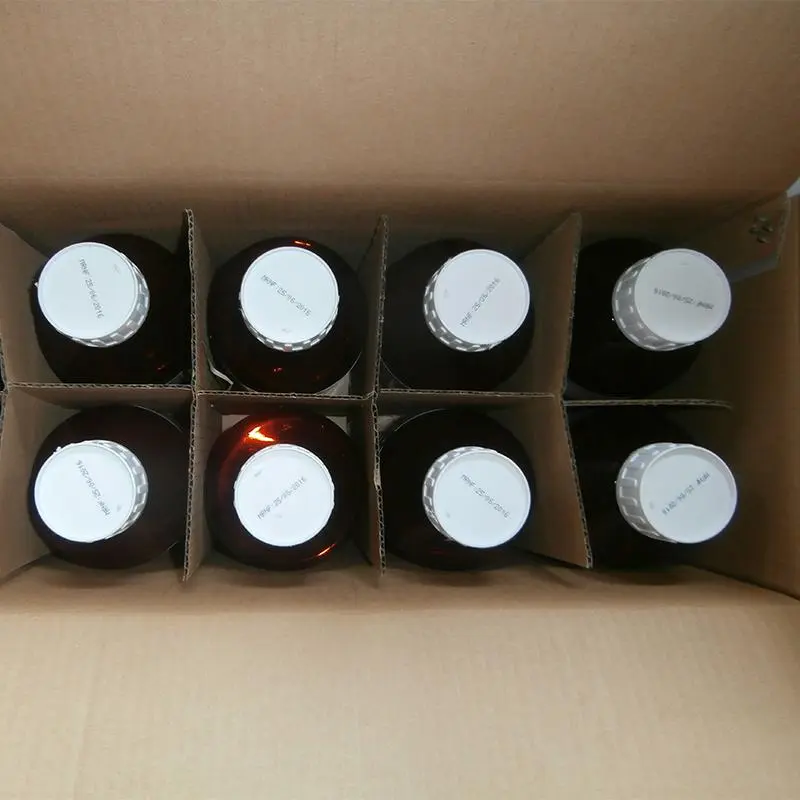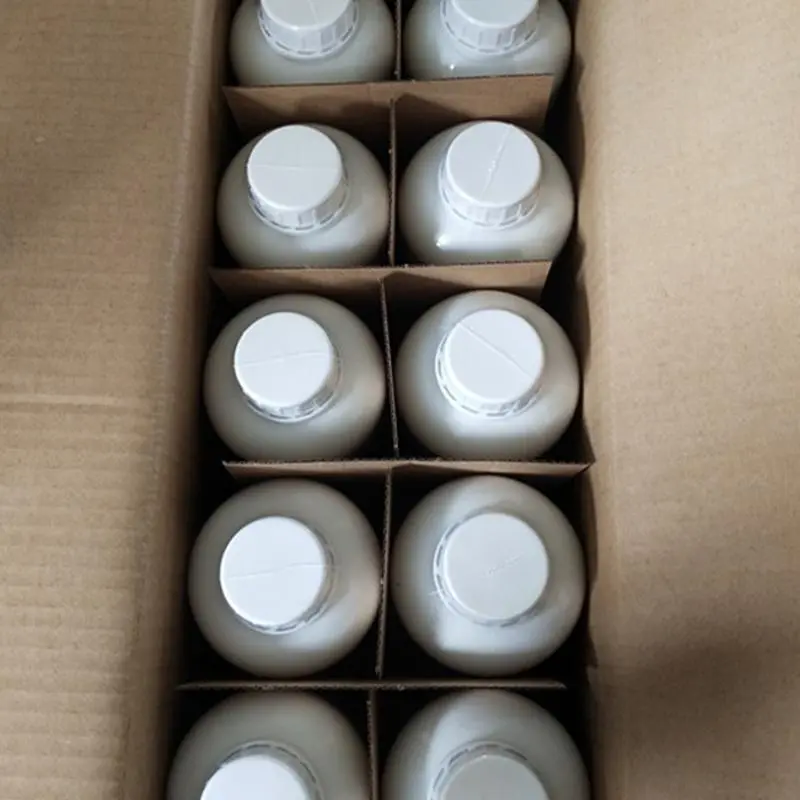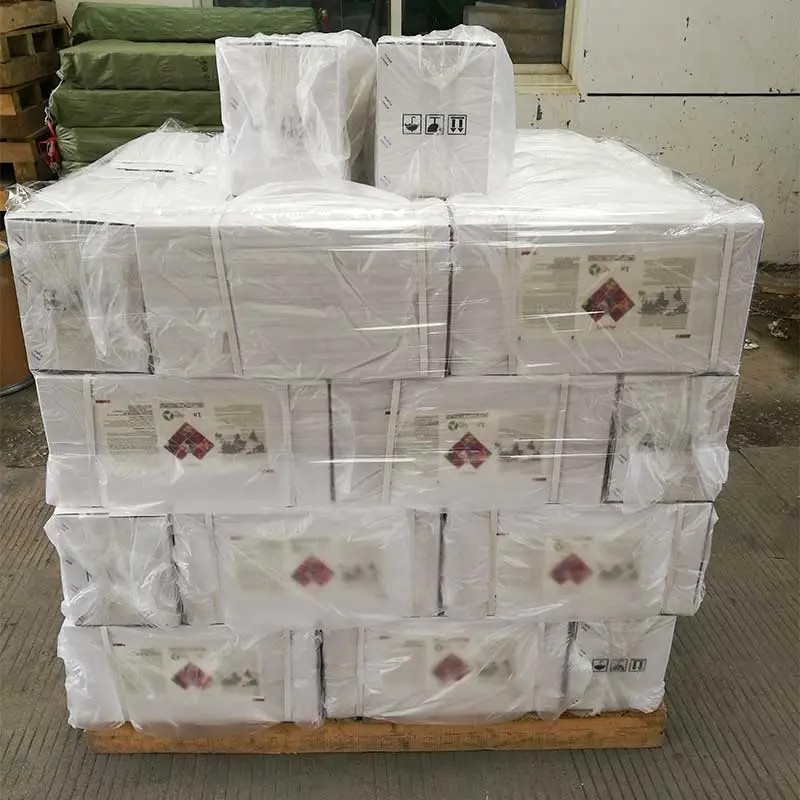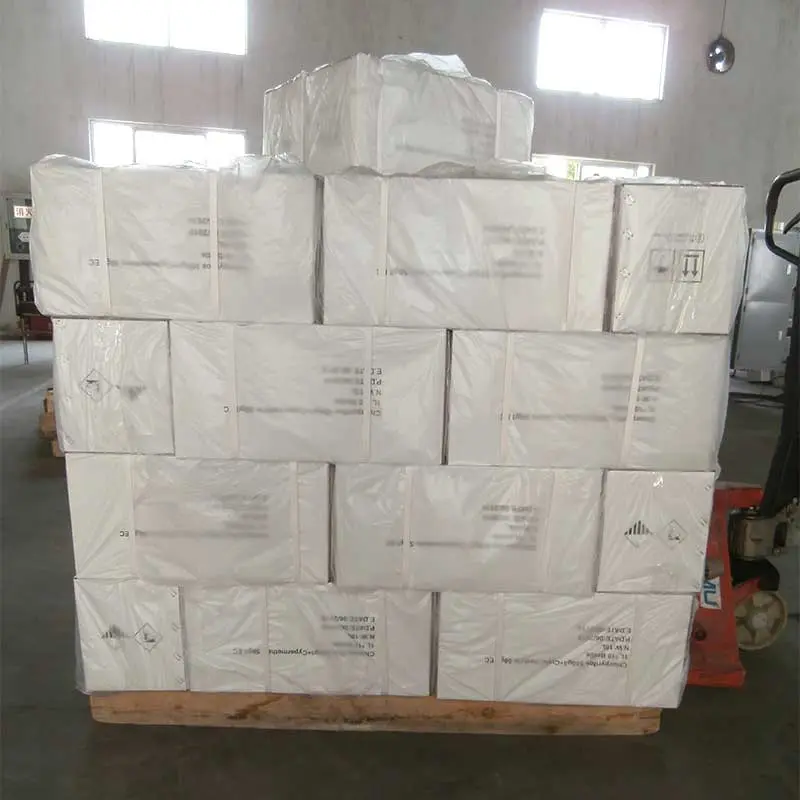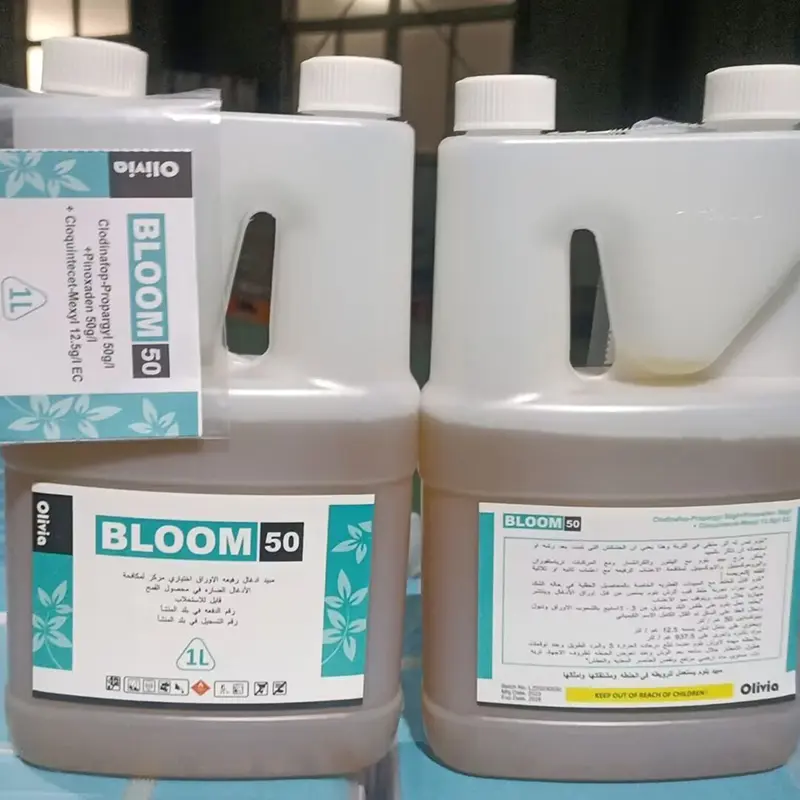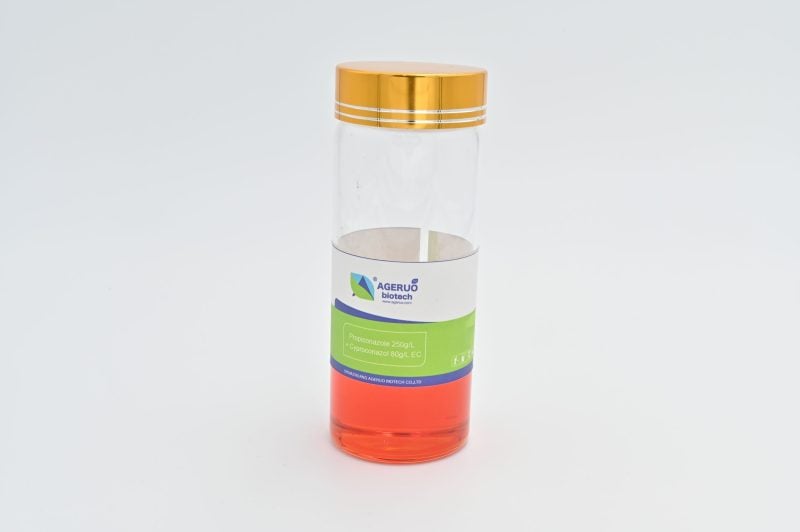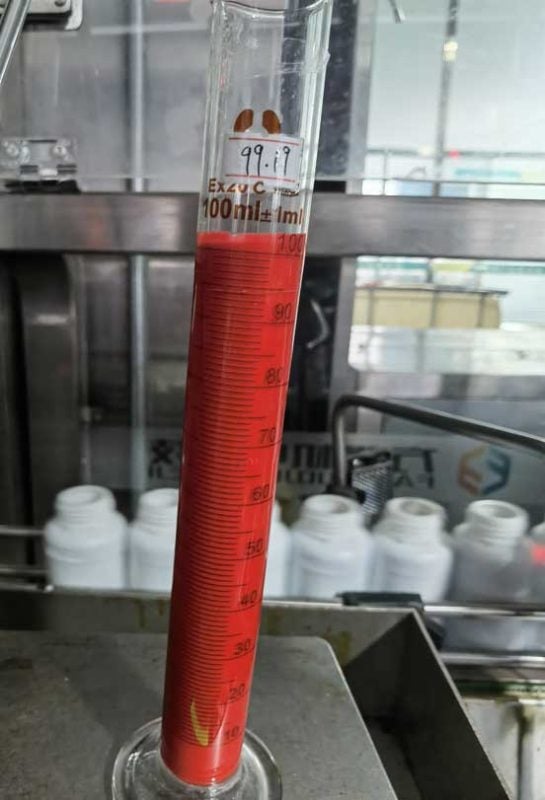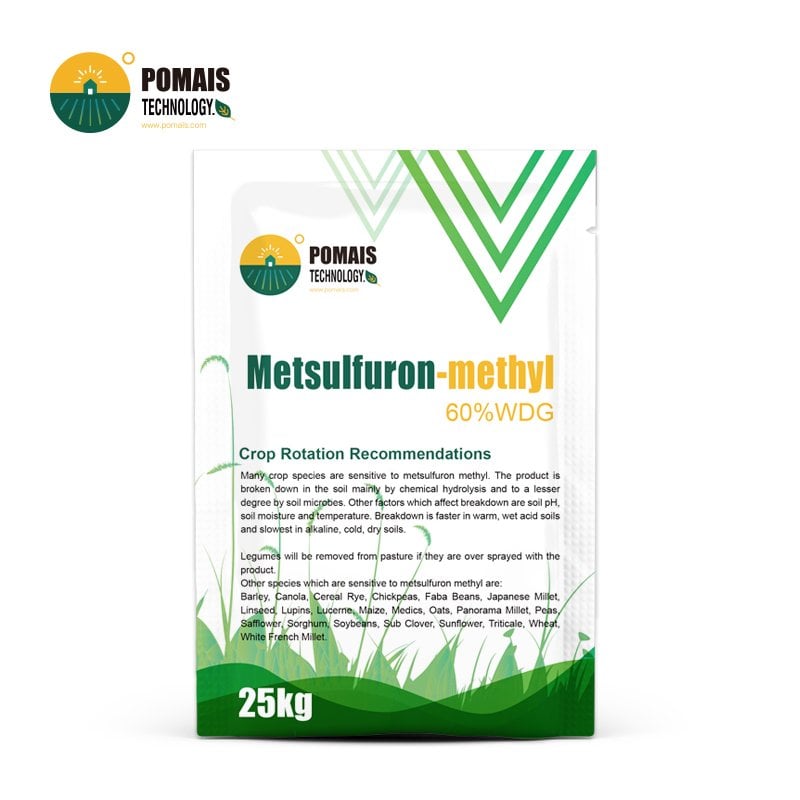Cypermethrin Insecticide
Cypermethrin Insecticide is a broad-spectrum, synthetic pyrethroid used to control a wide range of insect pests in agriculture, horticulture, and household environments. Known for its fast knockdown, residual protection, and low mammalian toxicity, it is an ideal solution for farmers, distributors, and pest control professionals.
Comprehensive Pest Protection Backed by Proven Performance
POMAIS offers high-quality Cypermethrin-based insecticide formulations tailored for both large-scale agriculture and public sanitation use. This product is widely adopted across cotton, rice, corn, soybean, fruit, and vegetable fields, and is equally effective in controlling mosquitoes, flies, cockroaches, and stored grain pests in non-crop areas.
Product Highlights:
- Broad-spectrum action: Controls chewing, sucking, and flying insects
- Fast-acting neurotoxin: Disrupts insect nervous system quickly
- Contact + ingestion toxicity: Dual-action mode for higher effectiveness
- Flexible application: Available in EC, WP, ME, and TC formulations
- Low risk to humans when used correctly: Safe under proper PPE and label usage
Used in more than 30 countries, POMAIS Cypermethrin has earned its place as a cost-effective, high-efficacy insecticide that supports crop protection and hygiene programs worldwide.
- Designed for Professional Buyers & Bulk Orders
- This product is available for business purchase and large-scale distribution.
- We support custom packaging, labeling, and formulation to meet your market needs.
- Let’s build your brand together.

About Cypermethrin Insecticide
About Cypermethrin Insecticide
How Cypermethrin Works | Dual-Action Neurotoxic Mode of Action
Cypermethrin belongs to the class of synthetic pyrethroid insecticides, specifically designed to mimic the natural pyrethrins extracted from chrysanthemum flowers—but with improved stability, potency, and residual effect.
Once applied, Cypermethrin works by targeting the insect nervous system. It disrupts the normal function of voltage-gated sodium channels in nerve cell membranes. These channels are responsible for sending electrical signals through the insect’s body. When cypermethrin binds to these channels, they remain open longer than normal, causing:
- Uncontrolled nerve firing
- Muscle spasms and paralysis
- Rapid insect death
Two Routes of Entry: Contact and Stomach
Cypermethrin delivers its insecticidal effect in two ways:
- Contact Poisoning: Insects that come into direct contact with treated surfaces absorb the active ingredient through their exoskeletons. This leads to immediate knockdown, even in flying pests like mosquitoes and flies.
- Stomach Poisoning: Insects that chew on treated plants or surfaces ingest the compound, resulting in quick systemic disruption of motor function and feeding behavior.
This dual action increases the likelihood of killing even small or partially exposed pests.
Fast Knockdown. No Systemic Absorption.
- Insects exposed to cypermethrin often become paralyzed within minutes, stop feeding, and die within hours.
- Unlike systemic insecticides, Cypermethrin does not move inside the plant, making it ideal for surface-targeted pests.
- Its action is contact-based, ensuring pests that rest or feed on treated foliage, walls, or grain surfaces are eliminated.
This fast, non-systemic neurotoxic action makes cypermethrin pesticide an excellent choice for situations requiring quick knockdown and short re-entry intervals.
Target Pests | Broad-Spectrum Insect Control Across Crops and Environments
POMAIS Cypermethrin Insecticide is engineered for comprehensive pest control in multiple sectors. Its strong knockdown and repellency make it effective against more than 100 pest species—both in agriculture and non-agricultural use.
Agricultural Pests Controlled by Cypermethrin
Crops: Cotton, rice, corn, soybeans, wheat, vegetables, fruits
| Pest Type | Common Species Controlled |
|---|---|
| Lepidoptera | Cotton bollworm (Helicoverpa armigera), armyworm (Spodoptera litura), diamondback moth, cabbage worm, cutworm |
| Hemiptera | Aphids (Aphis spp.), whiteflies (Bemisia tabaci), leafhoppers, planthoppers |
| Coleoptera | Colorado potato beetle, flea beetles, weevils, maize borers |
| Diptera | Rice gall midge, fruit flies |
| Thrips | Onion thrips, flower thrips |
Vegetable & Fruit Tree Pests
Vegetables: Tomato, cabbage, pepper, eggplant, cucumber
Fruit Trees: Apple, citrus, banana, grape, mango
| Target Pests | Impact |
|---|---|
| Beet armyworm, cabbage looper | Leaf and stem damage |
| Aphids, thrips | Sap-sucking pests, virus transmission |
| Fruit borers | Internal fruit damage, yield loss |
| Mites (supplemental control only) | Leaf curling and discoloration |
Stored Grain and Warehouse Pests
| Insects | Targeted Control |
|---|---|
| Red flour beetle (Tribolium spp.) | Infestation in flour, cereals |
| Rice weevil (Sitophilus oryzae) | Whole grain damage |
| Saw-toothed grain beetle | Multi-crop storage pest |
Public Health and Household Pests
Cypermethrin is widely used in sanitation sectors to eliminate:
| Pest | Application Sites |
|---|---|
| Mosquitoes | Walls, drains, storage tanks |
| Flies | Animal farms, kitchens, markets |
| Cockroaches | Kitchens, warehouses, cracks |
| Ants & Bedbugs | Hotels, homes, transport vehicles |
| Fleas & Lice | Pet areas, shelters, storage bags |
Whether you need to protect high-value crops, reduce post-harvest losses, or control urban pests, POMAIS Cypermethrin Insecticide delivers dependable performance across pest species and application settings.
Application & Dosage Guidelines | Flexible Use for Crops, Storage, and Sanitation
To maximize the performance of POMAIS Cypermethrin Insecticide, accurate dosing and correct application timing are essential. Below is a comprehensive guide based on field-tested usage in different sectors.
Agricultural Crops
| Crop Type | Target Pests | Recommended Dose | Application Method |
|---|---|---|---|
| Cotton | Bollworm, aphids | 300–400 ml/ha (10% EC) | Foliar spray at egg stage |
| Rice | Leaf folder, stem borer | 250–350 ml/ha | Spray at early larval stage |
| Corn | Armyworm, cutworm | 300–450 ml/ha | Uniform foliar spray |
| Soybeans | Aphids, caterpillars | 200–300 ml/ha | Full-coverage foliar spray |
| Vegetables | Beetles, thrips, whiteflies | 250–300 ml/ha | Spray both sides of leaves |
| Fruit Trees | Fruit borers, mites, sucking pests | 200–250 ml/ha | Spray with air-blast or mist sprayer |
Note: Always apply during early morning or late afternoon. Avoid high temperatures and windy conditions.
Dilution Rates for Knapsack Sprayer (Small Scale)
- General guideline:
1–1.5 ml of cypermethrin per litre of water (for 10% EC formulations) - Example mix:
For a 15L knapsack sprayer → Use 15–20 ml of product - For tougher pests:
Increase to 2 ml/L, ensuring good wetting of target area
Stored Grain Protection
| Application Surface | Target Pests | Dosage |
|---|---|---|
| Storage walls/floors | Beetles, moths, weevils | 25 ml in 1 L water per 10 m² |
| Empty grain bins | Residual insect control | Uniform spray on surfaces |
| Packaging or sacks | Fleas, dermestid beetles | Light misting (surface only) |
Public Health / Household Use
| Area | Target Insects | Recommended Spray Rate |
|---|---|---|
| Indoor corners | Cockroaches, ants | 20–25 ml/L of water |
| Wall surfaces | Mosquitoes, flies | 30 ml/L, spray from 30–50 cm |
| Drainage zones | Mosquito larvae | 10–15 ml/L, applied directly |
| Animal farms/shelters | Flies, fleas | 25–40 ml/L depending on pest load |
Important Application Tips
- Shake the formulation thoroughly before mixing
- Do not apply before heavy rain (wait at least 2 hours rain-free)
- Rotate with other classes of insecticides to reduce resistance buildup
- Wear protective gear during mixing and spraying
- Avoid spraying near water bodies (high aquatic toxicity)
When used according to label directions, POMAIS Cypermethrin provides quick results and long-lasting protection with flexible spray intervals.
Key Features & Advantages | Why Choose POMAIS Cypermethrin Insecticide
POMAIS Cypermethrin Insecticide is developed to offer high biological efficiency, practical versatility, and long residual action across agricultural and public health applications. It combines rapid insect knockdown with low mammalian toxicity and broad pest coverage, making it a preferred solution among growers and pest control professionals.
1. Broad-Spectrum Efficacy
- Controls a wide variety of chewing, sucking, and flying insects
- Effective on lepidopteran, hemipteran, dipteran, and coleopteran pests
- Suitable for use on cotton, vegetables, fruit trees, cereals, and stored grains
- Also targets mosquitoes, flies, cockroaches, and ants in urban sanitation use
2. Fast Knockdown and Long Residual Control
- Acts on insect nerve systems within minutes of exposure
- Inhibits feeding and movement, leading to paralysis and death
- Continues to protect treated surfaces for up to two to three weeks depending on environment
- Particularly effective against fast-reproducing pest populations
3. Contact and Stomach Action
- Insects are affected both by walking across treated surfaces and by feeding on treated plants
- Ensures high mortality even in partially concealed or early-stage pests
- Supports both curative and preventive control strategies
4. Stable Under Environmental Stress
- Photostable in moderate sunlight and air exposure
- Can be used in humid, dry, or temperate environments
- Effective in both field and storage conditions without rapid degradation
5. Low Application Rate and Cost-Effectiveness
- Requires only small quantities per hectare for full coverage
- Lower labor and material input compared to traditional insecticides
- Offers strong economic returns through yield protection and pest management savings
6. Multiple Formulations and Compatibility
- Available as EC, WP, ME, SC, and TC for various spray systems
- Compatible with many commonly used fungicides and foliar fertilizers
- Tank-mixable in integrated crop management programs
7. Resistance Management Rotation Tool
- Provides an alternative mode of action to organophosphates and carbamates
- Useful in rotational spraying to prevent resistance buildup in frequent-use regions
- Maintains effectiveness when rotated with systemic or systemic-contact insecticides
Whether applied in large-scale row crops or small-scale public health programs, POMAIS Cypermethrin Insecticide delivers consistent results and operational reliability.
Safety & Toxicology | Responsible Use of POMAIS Cypermethrin Insecticide
POMAIS Cypermethrin is classified as a moderately hazardous insecticide based on WHO guidelines. When applied according to label instructions, it poses low risk to humans and warm-blooded animals, but can be highly toxic to aquatic life, bees, and fish. Understanding the safety profile is critical to ensuring effective and responsible use.
Toxicity Profile
| Target Organism | Toxicity Level | Notes |
|---|---|---|
| Humans (dermal/oral) | Low to moderate | Mild irritation; avoid direct skin or eye contact |
| Mammals (livestock) | Low | Safe when used according to agricultural guidelines |
| Birds | Low | No accumulation in tissues observed |
| Bees | High | Avoid spraying during flowering or bee activity |
| Fish / Aquatic species | Very high | Prevent runoff into ponds, streams, or drainage lines |
Human Safety Guidelines
- Always wear protective gloves, goggles, and long sleeves when handling
- Avoid inhalation of spray mist; do not apply upwind or in confined spaces
- Wash exposed skin immediately after handling
- Do not smoke or eat during application
- Store separately from food, feed, and drinking water
Signs of Human Overexposure (Poisoning Symptoms)
- Skin: Burning, numbness, “pins-and-needles” sensation, especially on face
- Systemic: Dizziness, headache, nausea, muscle tremors, in severe cases, convulsions or pulmonary edema
- Ocular: Redness, tearing, eye irritation
- These effects are usually temporary and disappear after a few hours to 24 hours with no long-term damage
First Aid Measures
- Dermal exposure: Remove contaminated clothing, wash skin with soap and water
- Eye contact: Rinse immediately with clean water for 15–20 minutes
- Inhalation: Move to fresh air, keep the airway clear, monitor breathing
- Ingestion: Do not induce vomiting; seek immediate medical attention
- Severe poisoning: Symptomatic and supportive treatment; atropine may be used cautiously under supervision
Environmental Safety
- Do not apply near aquaculture farms, fishponds, or irrigation canals
- Prevent spray drift and avoid contaminating runoff water
- Do not rinse equipment or discard excess solution into water bodies
- Follow buffer zone regulations if spraying near sensitive ecosystems
When used responsibly, POMAIS Cypermethrin offers high-performance pest control with minimal risk to humans and livestock—but it must be handled with care to protect aquatic systems and non-target organisms.
Product Formulations & Packaging | Tailored for Global Supply & Custom Branding
As a manufacturer and international supplier, POMAIS offers Cypermethrin Insecticide in multiple formulations and packaging formats to support diverse application methods, regulatory requirements, and distributor branding needs. All products are supported by full documentation (COA, MSDS, SDS, TDS) and compliant with international export standards.
Available Formulations
| Formulation Type | Description | Typical Concentration |
|---|---|---|
| EC (Emulsifiable Concentrate) | Most widely used in agriculture and sanitation | 10% EC, 25% EC, 50% EC |
| WP (Wettable Powder) | Ideal for low-volume farm use and storage pest control | 25% WP |
| ME (Microemulsion) | Low odor, refined for indoor/hygiene use | 5% ME |
| SC (Suspension Concentrate) | High stability, used in public health | 10% SC |
| TC (Technical Concentrate) | Raw material for formulation | 92–95% TC |
Formulations can be adjusted upon request to meet registration standards or private label requirements.
Packaging Options
Agricultural & Bulk Use
- 100ml, 250ml, 500ml, 1L HDPE bottles
- 5L, 10L, 20L jerry cans
- 200L plastic drums
- Inner liners + outer cartons for powder forms
Household / Retail Use
- 10ml, 50ml, 100ml ampoules (for mosquito/roach sprays)
- Multi-pack cartons with dosing instruction in required language
- ME formulations packed in fine-spray bottles or mist cans (upon request)
Label & Branding
- Custom OEM label printing with brand name and barcode
- Support for multi-language (English, Arabic, French, Spanish, Russian, etc.)
- Regulatory layout per destination country (GHS, EU, FAO, EPA standards)
OEM / ODM Services
We support:
- Custom brand development with visual design assistance
- Registration support: sample submission, data sheets, dossiers
- Small MOQ orders for emerging markets or test batches
- Integrated supply planning to coordinate with local marketing timelines
Global Delivery and Logistics
- 99% on-time export rate from China-based manufacturing
- Sea, air, and rail delivery supported (FOB, CIF, DDP available)
- Strong experience shipping to: Southeast Asia, Africa, Middle East, Latin America, Eastern Europe
- Each order includes packing photos, shipping labels, and customs documents
Whether you’re a distributor, public health contractor, or private brand owner, POMAIS Cypermethrin products offer both performance and packaging flexibility to match your market strategy.
Frequently Asked Questions (FAQ)
Q1: What is Cypermethrin insecticide used for?
Cypermethrin is a fast-acting insecticide used to control a wide range of pests in agriculture, stored grain protection, public health, and household pest control. It effectively targets aphids, beetles, caterpillars, thrips, mosquitoes, flies, and cockroaches, among others.
Q2: What does Cypermethrin kill?
Cypermethrin kills both chewing and sucking insects, including:
- Bollworms, cutworms, beet armyworms
- Aphids, whiteflies, leafhoppers
- Rice stem borers, thrips
- Mosquitoes, flies, ants, and roaches
It works by disrupting the insect nervous system, causing paralysis and death within hours.
Q3: How does Cypermethrin work?
Cypermethrin affects the sodium channels in insect nerve cells, causing prolonged nerve excitation. This leads to muscle spasms, loss of coordination, and insect death. It acts through contact and ingestion.
Q4: What is the recommended Cypermethrin dosage per litre?
For most field applications using 10% EC:
- Use 1–1.5 ml per litre of water for general crop protection
- For heavy infestations, increase to 2 ml per litre
Always follow the product label and adjust according to pest pressure and crop sensitivity.
Q5: How long does Cypermethrin last after application?
Cypermethrin typically provides residual control for 1–3 weeks depending on:
- Weather (sunlight and rainfall may shorten persistence)
- Surface (porous vs. non-porous)
- Pest pressure
In protected indoor spaces, its effectiveness may last longer.
Q6: Is Cypermethrin safe for humans and animals?
When used according to instructions:
- Low toxicity to humans and warm-blooded animals
- Always wear protective gear during application
- Highly toxic to fish and bees—avoid spraying near water bodies or during crop flowering
Q7: Can Cypermethrin be mixed with other pesticides?
Yes. Cypermethrin can be tank-mixed with many fungicides and insecticides like imidacloprid, mancozeb, or carbendazim. However, always conduct a jar test first to confirm physical compatibility and avoid mixing with alkaline substances.
Q8: Will Cypermethrin cause resistance in insects?
Like all insecticides, repeated use without rotation can lead to resistance. To prevent this:
- Rotate with insecticides from other classes (e.g., neonicotinoids, organophosphates)
- Do not exceed recommended application frequency
Still have questions? Contact the POMAIS technical support team for local recommendations, formulation selection, and usage optimization.
How Cypermethrin Works | Dual-Action Neurotoxic Mode of Action
Cypermethrin belongs to the class of synthetic pyrethroid insecticides, specifically designed to mimic the natural pyrethrins extracted from chrysanthemum flowers—but with improved stability, potency, and residual effect.
Once applied, Cypermethrin works by targeting the insect nervous system. It disrupts the normal function of voltage-gated sodium channels in nerve cell membranes. These channels are responsible for sending electrical signals through the insect’s body. When cypermethrin binds to these channels, they remain open longer than normal, causing:
- Uncontrolled nerve firing
- Muscle spasms and paralysis
- Rapid insect death
Two Routes of Entry: Contact and Stomach
Cypermethrin delivers its insecticidal effect in two ways:
- Contact Poisoning: Insects that come into direct contact with treated surfaces absorb the active ingredient through their exoskeletons. This leads to immediate knockdown, even in flying pests like mosquitoes and flies.
- Stomach Poisoning: Insects that chew on treated plants or surfaces ingest the compound, resulting in quick systemic disruption of motor function and feeding behavior.
This dual action increases the likelihood of killing even small or partially exposed pests.
Fast Knockdown. No Systemic Absorption.
- Insects exposed to cypermethrin often become paralyzed within minutes, stop feeding, and die within hours.
- Unlike systemic insecticides, Cypermethrin does not move inside the plant, making it ideal for surface-targeted pests.
- Its action is contact-based, ensuring pests that rest or feed on treated foliage, walls, or grain surfaces are eliminated.
This fast, non-systemic neurotoxic action makes cypermethrin pesticide an excellent choice for situations requiring quick knockdown and short re-entry intervals.
Target Pests | Broad-Spectrum Insect Control Across Crops and Environments
POMAIS Cypermethrin Insecticide is engineered for comprehensive pest control in multiple sectors. Its strong knockdown and repellency make it effective against more than 100 pest species—both in agriculture and non-agricultural use.
Agricultural Pests Controlled by Cypermethrin
Crops: Cotton, rice, corn, soybeans, wheat, vegetables, fruits
| Pest Type | Common Species Controlled |
|---|---|
| Lepidoptera | Cotton bollworm (Helicoverpa armigera), armyworm (Spodoptera litura), diamondback moth, cabbage worm, cutworm |
| Hemiptera | Aphids (Aphis spp.), whiteflies (Bemisia tabaci), leafhoppers, planthoppers |
| Coleoptera | Colorado potato beetle, flea beetles, weevils, maize borers |
| Diptera | Rice gall midge, fruit flies |
| Thrips | Onion thrips, flower thrips |
Vegetable & Fruit Tree Pests
Vegetables: Tomato, cabbage, pepper, eggplant, cucumber
Fruit Trees: Apple, citrus, banana, grape, mango
| Target Pests | Impact |
|---|---|
| Beet armyworm, cabbage looper | Leaf and stem damage |
| Aphids, thrips | Sap-sucking pests, virus transmission |
| Fruit borers | Internal fruit damage, yield loss |
| Mites (supplemental control only) | Leaf curling and discoloration |
Stored Grain and Warehouse Pests
| Insects | Targeted Control |
|---|---|
| Red flour beetle (Tribolium spp.) | Infestation in flour, cereals |
| Rice weevil (Sitophilus oryzae) | Whole grain damage |
| Saw-toothed grain beetle | Multi-crop storage pest |
Public Health and Household Pests
Cypermethrin is widely used in sanitation sectors to eliminate:
| Pest | Application Sites |
|---|---|
| Mosquitoes | Walls, drains, storage tanks |
| Flies | Animal farms, kitchens, markets |
| Cockroaches | Kitchens, warehouses, cracks |
| Ants & Bedbugs | Hotels, homes, transport vehicles |
| Fleas & Lice | Pet areas, shelters, storage bags |
Whether you need to protect high-value crops, reduce post-harvest losses, or control urban pests, POMAIS Cypermethrin Insecticide delivers dependable performance across pest species and application settings.
Application & Dosage Guidelines | Flexible Use for Crops, Storage, and Sanitation
To maximize the performance of POMAIS Cypermethrin Insecticide, accurate dosing and correct application timing are essential. Below is a comprehensive guide based on field-tested usage in different sectors.
Agricultural Crops
| Crop Type | Target Pests | Recommended Dose | Application Method |
|---|---|---|---|
| Cotton | Bollworm, aphids | 300–400 ml/ha (10% EC) | Foliar spray at egg stage |
| Rice | Leaf folder, stem borer | 250–350 ml/ha | Spray at early larval stage |
| Corn | Armyworm, cutworm | 300–450 ml/ha | Uniform foliar spray |
| Soybeans | Aphids, caterpillars | 200–300 ml/ha | Full-coverage foliar spray |
| Vegetables | Beetles, thrips, whiteflies | 250–300 ml/ha | Spray both sides of leaves |
| Fruit Trees | Fruit borers, mites, sucking pests | 200–250 ml/ha | Spray with air-blast or mist sprayer |
Note: Always apply during early morning or late afternoon. Avoid high temperatures and windy conditions.
Dilution Rates for Knapsack Sprayer (Small Scale)
- General guideline:
1–1.5 ml of cypermethrin per litre of water (for 10% EC formulations) - Example mix:
For a 15L knapsack sprayer → Use 15–20 ml of product - For tougher pests:
Increase to 2 ml/L, ensuring good wetting of target area
Stored Grain Protection
| Application Surface | Target Pests | Dosage |
|---|---|---|
| Storage walls/floors | Beetles, moths, weevils | 25 ml in 1 L water per 10 m² |
| Empty grain bins | Residual insect control | Uniform spray on surfaces |
| Packaging or sacks | Fleas, dermestid beetles | Light misting (surface only) |
Public Health / Household Use
| Area | Target Insects | Recommended Spray Rate |
|---|---|---|
| Indoor corners | Cockroaches, ants | 20–25 ml/L of water |
| Wall surfaces | Mosquitoes, flies | 30 ml/L, spray from 30–50 cm |
| Drainage zones | Mosquito larvae | 10–15 ml/L, applied directly |
| Animal farms/shelters | Flies, fleas | 25–40 ml/L depending on pest load |
Important Application Tips
- Shake the formulation thoroughly before mixing
- Do not apply before heavy rain (wait at least 2 hours rain-free)
- Rotate with other classes of insecticides to reduce resistance buildup
- Wear protective gear during mixing and spraying
- Avoid spraying near water bodies (high aquatic toxicity)
When used according to label directions, POMAIS Cypermethrin provides quick results and long-lasting protection with flexible spray intervals.
Key Features & Advantages | Why Choose POMAIS Cypermethrin Insecticide
POMAIS Cypermethrin Insecticide is developed to offer high biological efficiency, practical versatility, and long residual action across agricultural and public health applications. It combines rapid insect knockdown with low mammalian toxicity and broad pest coverage, making it a preferred solution among growers and pest control professionals.
1. Broad-Spectrum Efficacy
- Controls a wide variety of chewing, sucking, and flying insects
- Effective on lepidopteran, hemipteran, dipteran, and coleopteran pests
- Suitable for use on cotton, vegetables, fruit trees, cereals, and stored grains
- Also targets mosquitoes, flies, cockroaches, and ants in urban sanitation use
2. Fast Knockdown and Long Residual Control
- Acts on insect nerve systems within minutes of exposure
- Inhibits feeding and movement, leading to paralysis and death
- Continues to protect treated surfaces for up to two to three weeks depending on environment
- Particularly effective against fast-reproducing pest populations
3. Contact and Stomach Action
- Insects are affected both by walking across treated surfaces and by feeding on treated plants
- Ensures high mortality even in partially concealed or early-stage pests
- Supports both curative and preventive control strategies
4. Stable Under Environmental Stress
- Photostable in moderate sunlight and air exposure
- Can be used in humid, dry, or temperate environments
- Effective in both field and storage conditions without rapid degradation
5. Low Application Rate and Cost-Effectiveness
- Requires only small quantities per hectare for full coverage
- Lower labor and material input compared to traditional insecticides
- Offers strong economic returns through yield protection and pest management savings
6. Multiple Formulations and Compatibility
- Available as EC, WP, ME, SC, and TC for various spray systems
- Compatible with many commonly used fungicides and foliar fertilizers
- Tank-mixable in integrated crop management programs
7. Resistance Management Rotation Tool
- Provides an alternative mode of action to organophosphates and carbamates
- Useful in rotational spraying to prevent resistance buildup in frequent-use regions
- Maintains effectiveness when rotated with systemic or systemic-contact insecticides
Whether applied in large-scale row crops or small-scale public health programs, POMAIS Cypermethrin Insecticide delivers consistent results and operational reliability.
Safety & Toxicology | Responsible Use of POMAIS Cypermethrin Insecticide
POMAIS Cypermethrin is classified as a moderately hazardous insecticide based on WHO guidelines. When applied according to label instructions, it poses low risk to humans and warm-blooded animals, but can be highly toxic to aquatic life, bees, and fish. Understanding the safety profile is critical to ensuring effective and responsible use.
Toxicity Profile
| Target Organism | Toxicity Level | Notes |
|---|---|---|
| Humans (dermal/oral) | Low to moderate | Mild irritation; avoid direct skin or eye contact |
| Mammals (livestock) | Low | Safe when used according to agricultural guidelines |
| Birds | Low | No accumulation in tissues observed |
| Bees | High | Avoid spraying during flowering or bee activity |
| Fish / Aquatic species | Very high | Prevent runoff into ponds, streams, or drainage lines |
Human Safety Guidelines
- Always wear protective gloves, goggles, and long sleeves when handling
- Avoid inhalation of spray mist; do not apply upwind or in confined spaces
- Wash exposed skin immediately after handling
- Do not smoke or eat during application
- Store separately from food, feed, and drinking water
Signs of Human Overexposure (Poisoning Symptoms)
- Skin: Burning, numbness, “pins-and-needles” sensation, especially on face
- Systemic: Dizziness, headache, nausea, muscle tremors, in severe cases, convulsions or pulmonary edema
- Ocular: Redness, tearing, eye irritation
- These effects are usually temporary and disappear after a few hours to 24 hours with no long-term damage
First Aid Measures
- Dermal exposure: Remove contaminated clothing, wash skin with soap and water
- Eye contact: Rinse immediately with clean water for 15–20 minutes
- Inhalation: Move to fresh air, keep the airway clear, monitor breathing
- Ingestion: Do not induce vomiting; seek immediate medical attention
- Severe poisoning: Symptomatic and supportive treatment; atropine may be used cautiously under supervision
Environmental Safety
- Do not apply near aquaculture farms, fishponds, or irrigation canals
- Prevent spray drift and avoid contaminating runoff water
- Do not rinse equipment or discard excess solution into water bodies
- Follow buffer zone regulations if spraying near sensitive ecosystems
When used responsibly, POMAIS Cypermethrin offers high-performance pest control with minimal risk to humans and livestock—but it must be handled with care to protect aquatic systems and non-target organisms.
Product Formulations & Packaging | Tailored for Global Supply & Custom Branding
As a manufacturer and international supplier, POMAIS offers Cypermethrin Insecticide in multiple formulations and packaging formats to support diverse application methods, regulatory requirements, and distributor branding needs. All products are supported by full documentation (COA, MSDS, SDS, TDS) and compliant with international export standards.
Available Formulations
| Formulation Type | Description | Typical Concentration |
|---|---|---|
| EC (Emulsifiable Concentrate) | Most widely used in agriculture and sanitation | 10% EC, 25% EC, 50% EC |
| WP (Wettable Powder) | Ideal for low-volume farm use and storage pest control | 25% WP |
| ME (Microemulsion) | Low odor, refined for indoor/hygiene use | 5% ME |
| SC (Suspension Concentrate) | High stability, used in public health | 10% SC |
| TC (Technical Concentrate) | Raw material for formulation | 92–95% TC |
Formulations can be adjusted upon request to meet registration standards or private label requirements.
Packaging Options
Agricultural & Bulk Use
- 100ml, 250ml, 500ml, 1L HDPE bottles
- 5L, 10L, 20L jerry cans
- 200L plastic drums
- Inner liners + outer cartons for powder forms
Household / Retail Use
- 10ml, 50ml, 100ml ampoules (for mosquito/roach sprays)
- Multi-pack cartons with dosing instruction in required language
- ME formulations packed in fine-spray bottles or mist cans (upon request)
Label & Branding
- Custom OEM label printing with brand name and barcode
- Support for multi-language (English, Arabic, French, Spanish, Russian, etc.)
- Regulatory layout per destination country (GHS, EU, FAO, EPA standards)
OEM / ODM Services
We support:
- Custom brand development with visual design assistance
- Registration support: sample submission, data sheets, dossiers
- Small MOQ orders for emerging markets or test batches
- Integrated supply planning to coordinate with local marketing timelines
Global Delivery and Logistics
- 99% on-time export rate from China-based manufacturing
- Sea, air, and rail delivery supported (FOB, CIF, DDP available)
- Strong experience shipping to: Southeast Asia, Africa, Middle East, Latin America, Eastern Europe
- Each order includes packing photos, shipping labels, and customs documents
Whether you’re a distributor, public health contractor, or private brand owner, POMAIS Cypermethrin products offer both performance and packaging flexibility to match your market strategy.
Frequently Asked Questions (FAQ)
Q1: What is Cypermethrin insecticide used for?
Cypermethrin is a fast-acting insecticide used to control a wide range of pests in agriculture, stored grain protection, public health, and household pest control. It effectively targets aphids, beetles, caterpillars, thrips, mosquitoes, flies, and cockroaches, among others.
Q2: What does Cypermethrin kill?
Cypermethrin kills both chewing and sucking insects, including:
- Bollworms, cutworms, beet armyworms
- Aphids, whiteflies, leafhoppers
- Rice stem borers, thrips
- Mosquitoes, flies, ants, and roaches
It works by disrupting the insect nervous system, causing paralysis and death within hours.
Q3: How does Cypermethrin work?
Cypermethrin affects the sodium channels in insect nerve cells, causing prolonged nerve excitation. This leads to muscle spasms, loss of coordination, and insect death. It acts through contact and ingestion.
Q4: What is the recommended Cypermethrin dosage per litre?
For most field applications using 10% EC:
- Use 1–1.5 ml per litre of water for general crop protection
- For heavy infestations, increase to 2 ml per litre
Always follow the product label and adjust according to pest pressure and crop sensitivity.
Q5: How long does Cypermethrin last after application?
Cypermethrin typically provides residual control for 1–3 weeks depending on:
- Weather (sunlight and rainfall may shorten persistence)
- Surface (porous vs. non-porous)
- Pest pressure
In protected indoor spaces, its effectiveness may last longer.
Q6: Is Cypermethrin safe for humans and animals?
When used according to instructions:
- Low toxicity to humans and warm-blooded animals
- Always wear protective gear during application
- Highly toxic to fish and bees—avoid spraying near water bodies or during crop flowering
Q7: Can Cypermethrin be mixed with other pesticides?
Yes. Cypermethrin can be tank-mixed with many fungicides and insecticides like imidacloprid, mancozeb, or carbendazim. However, always conduct a jar test first to confirm physical compatibility and avoid mixing with alkaline substances.
Q8: Will Cypermethrin cause resistance in insects?
Like all insecticides, repeated use without rotation can lead to resistance. To prevent this:
- Rotate with insecticides from other classes (e.g., neonicotinoids, organophosphates)
- Do not exceed recommended application frequency
Still have questions? Contact the POMAIS technical support team for local recommendations, formulation selection, and usage optimization.
Related Products
Latest News


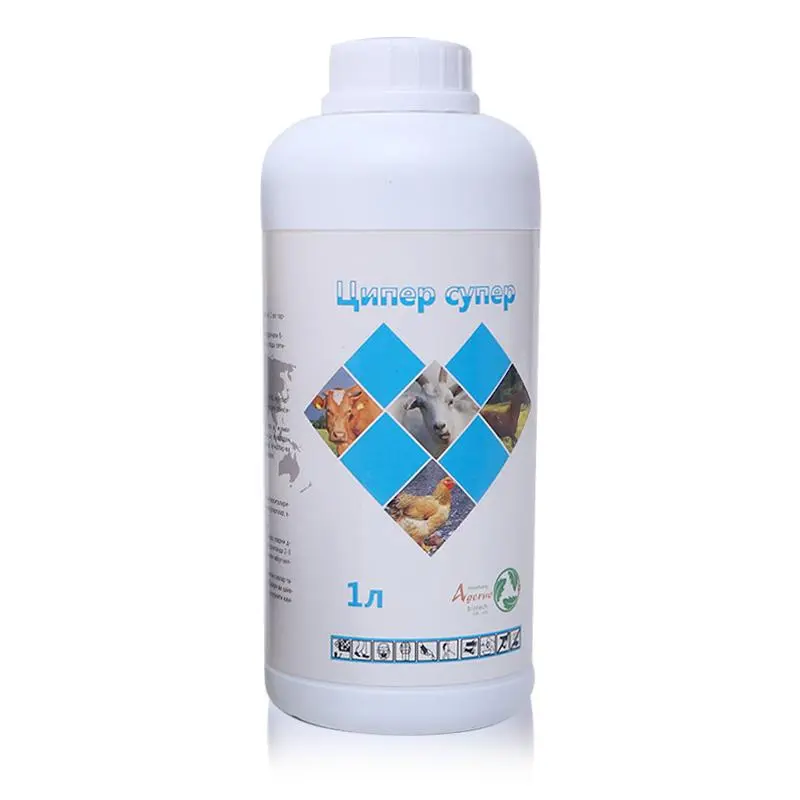
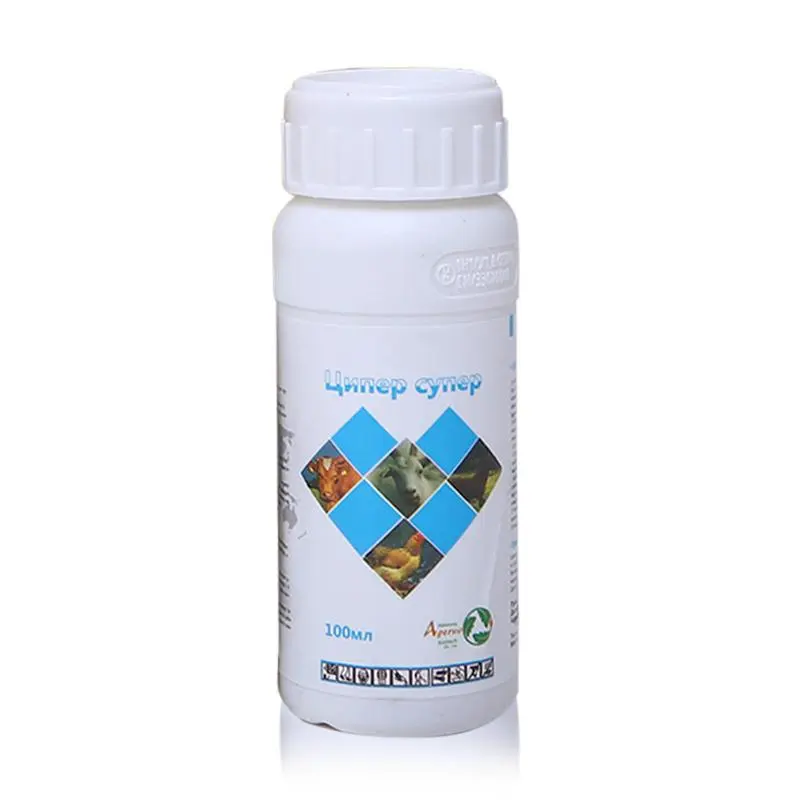
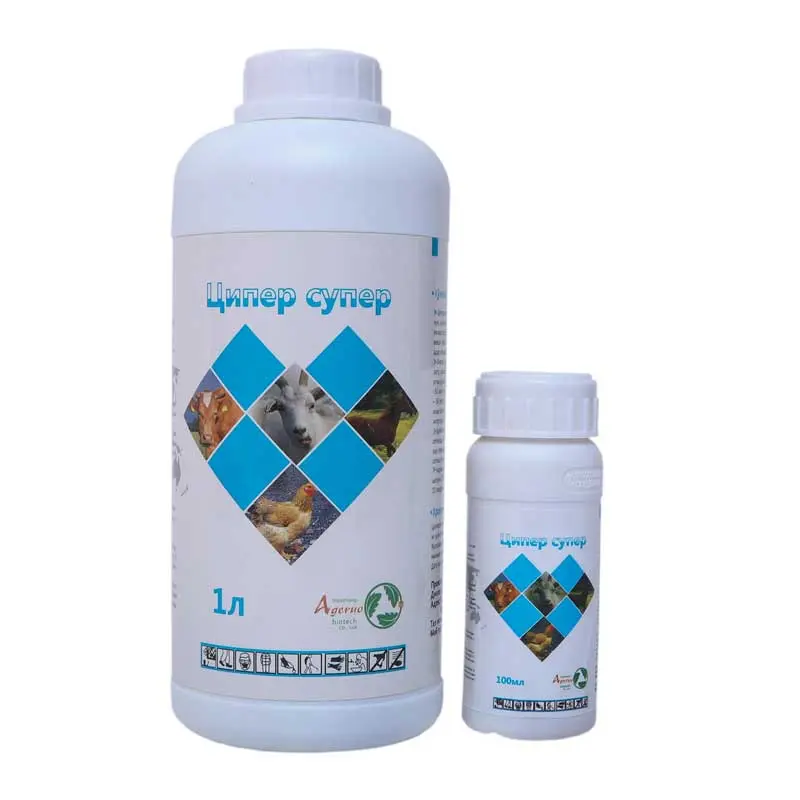
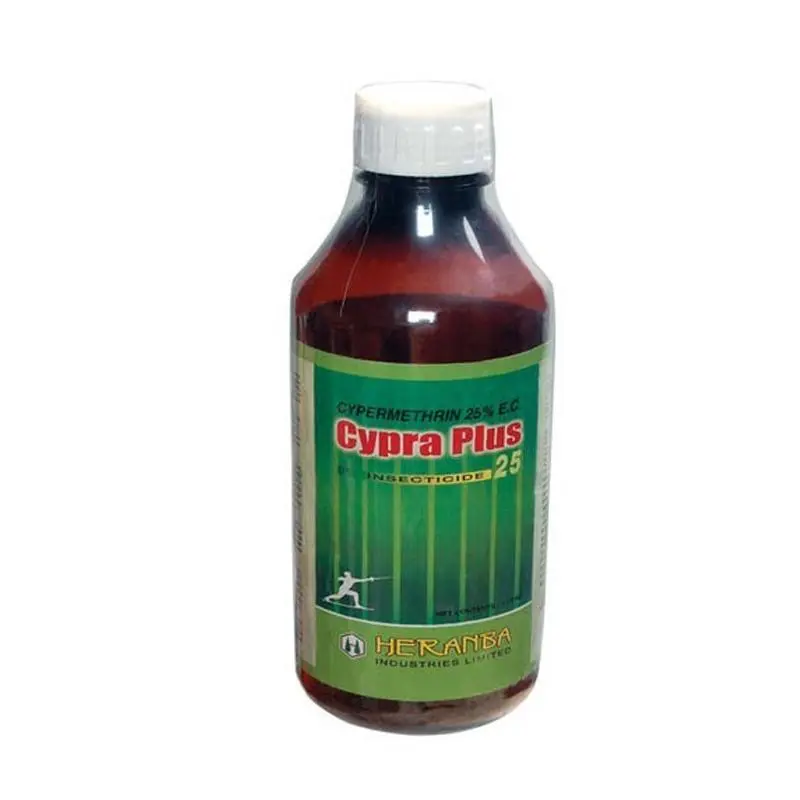
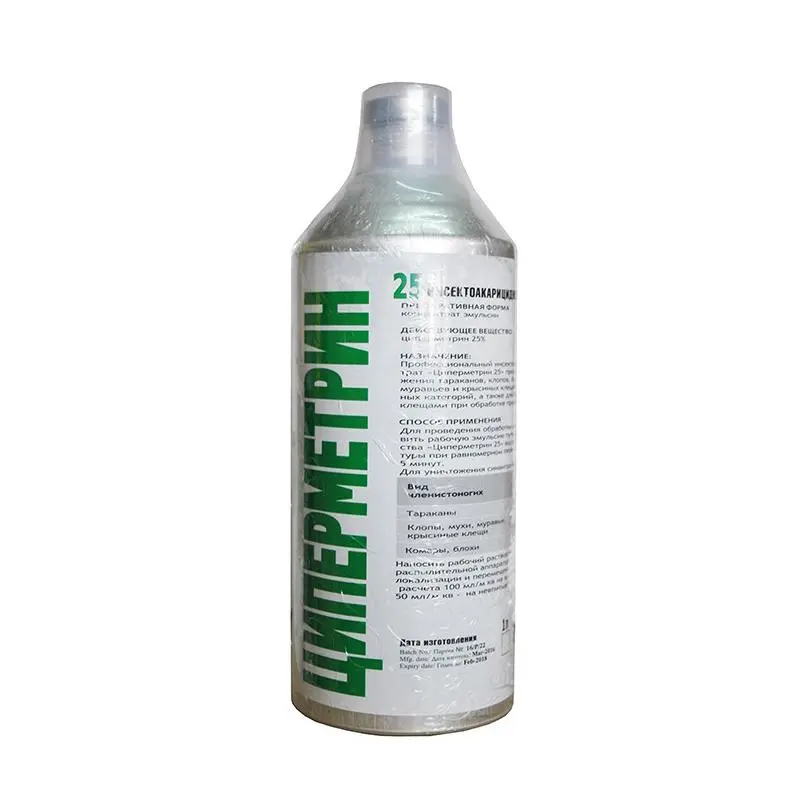
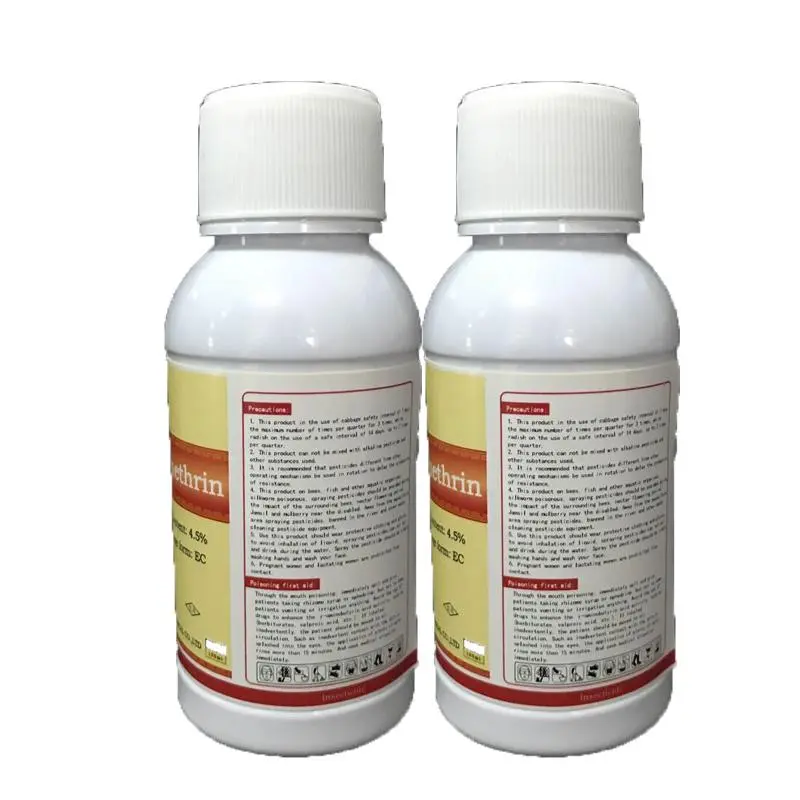

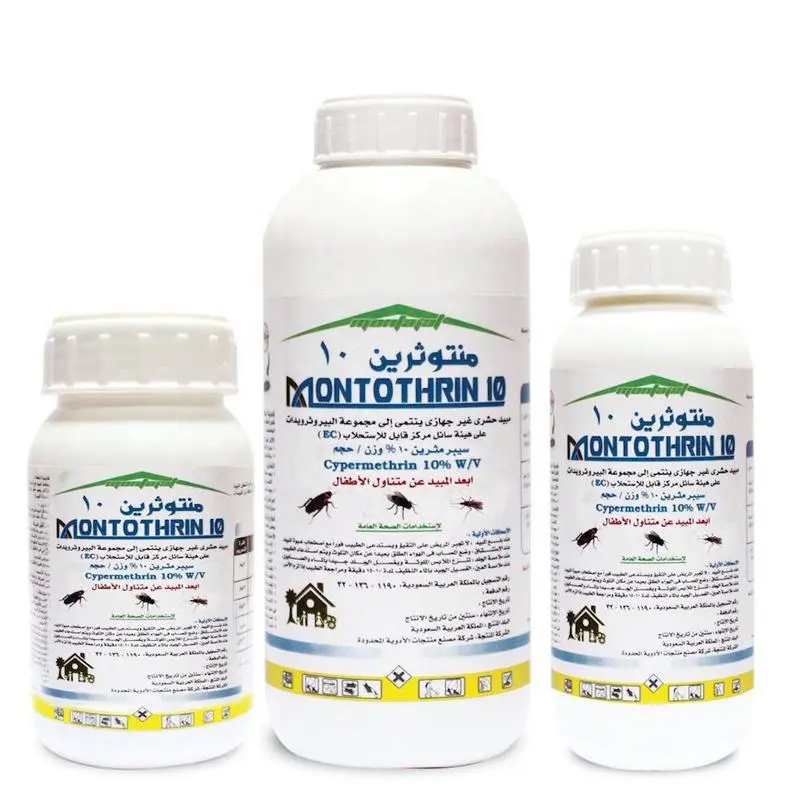
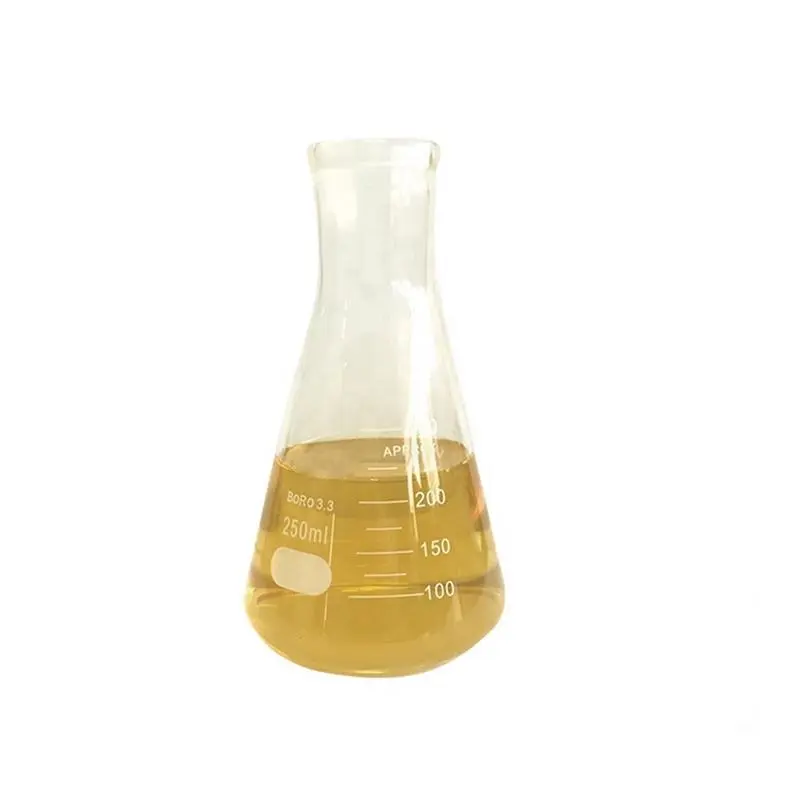
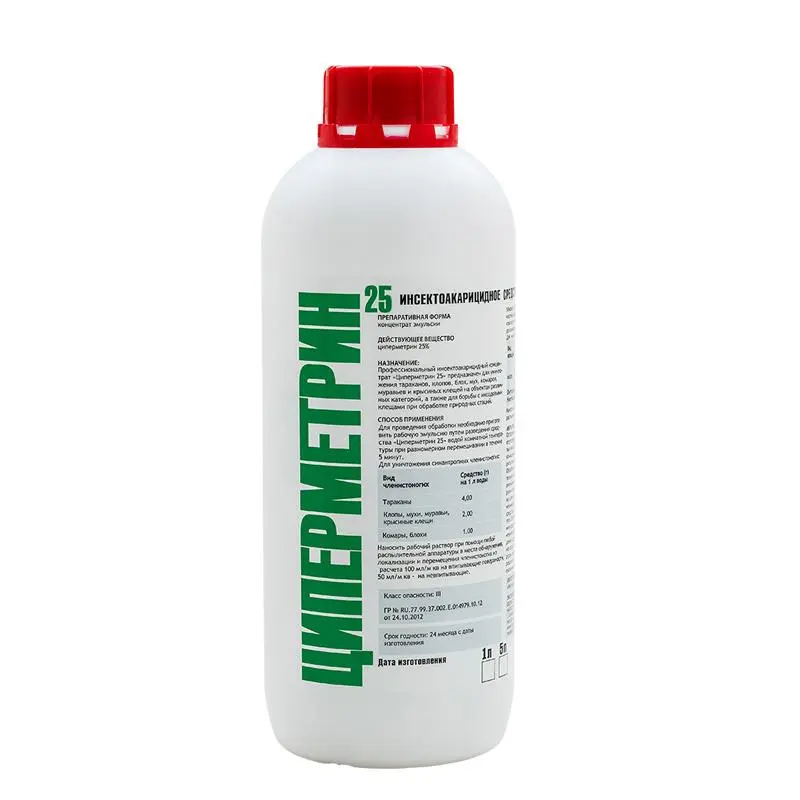

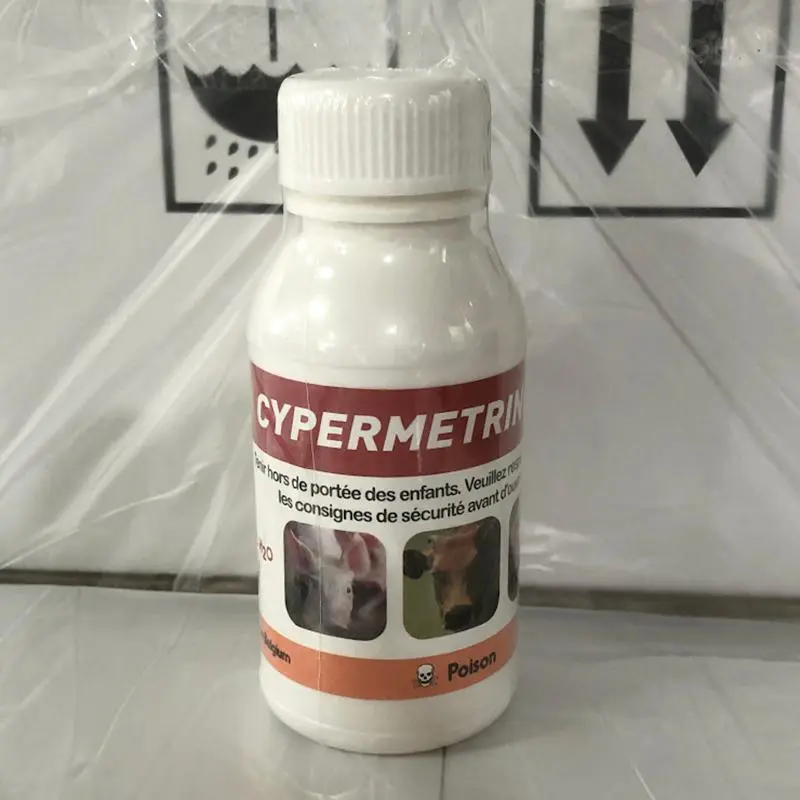
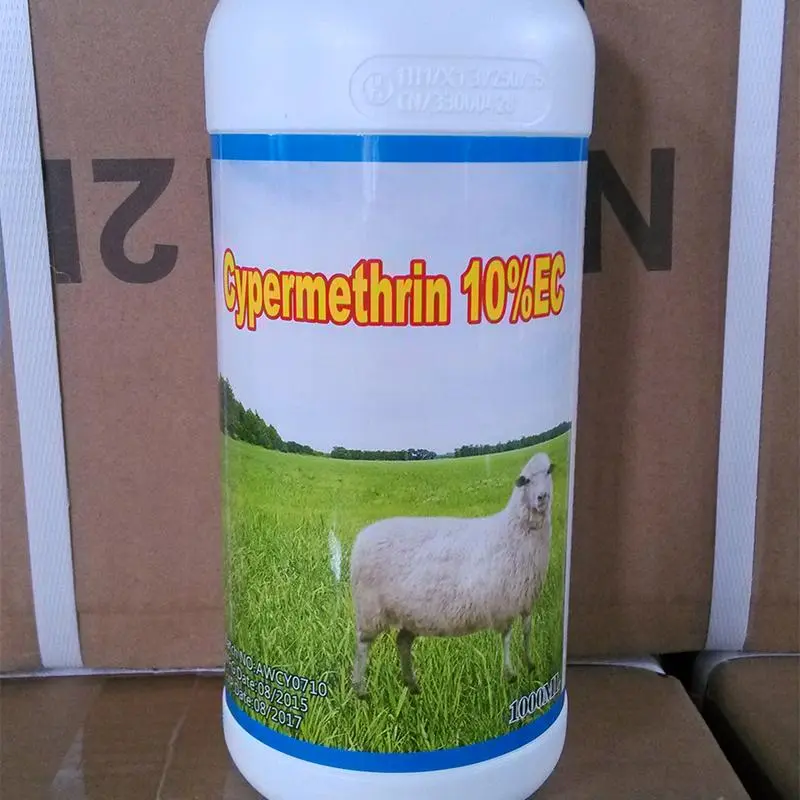
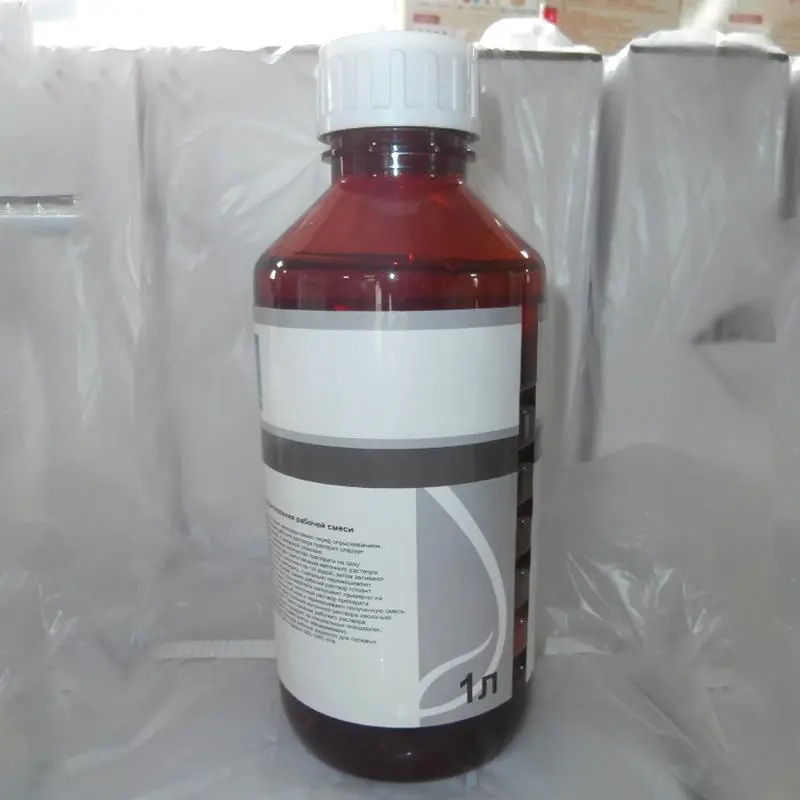
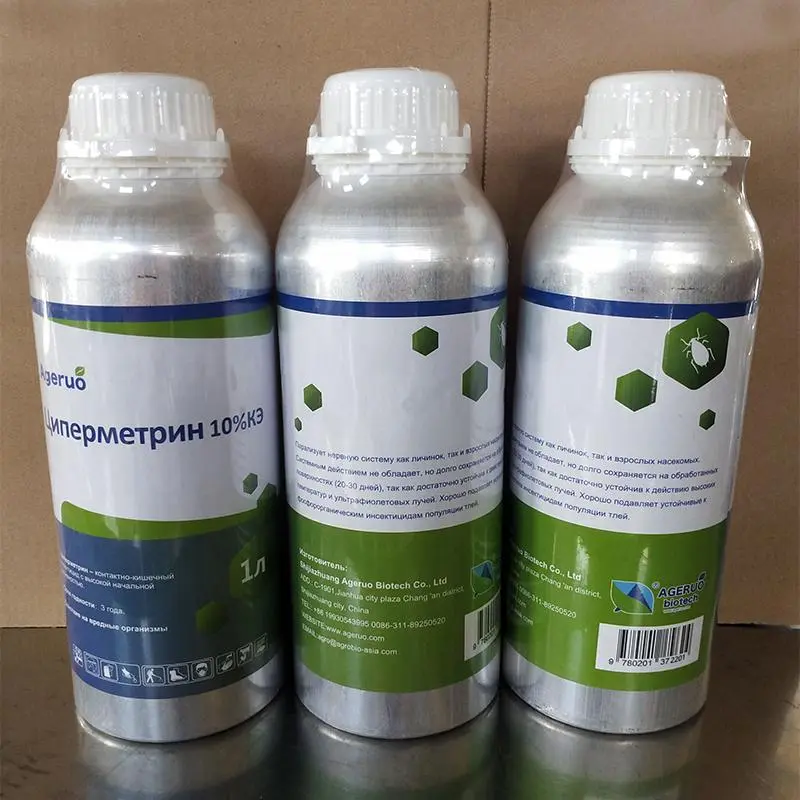

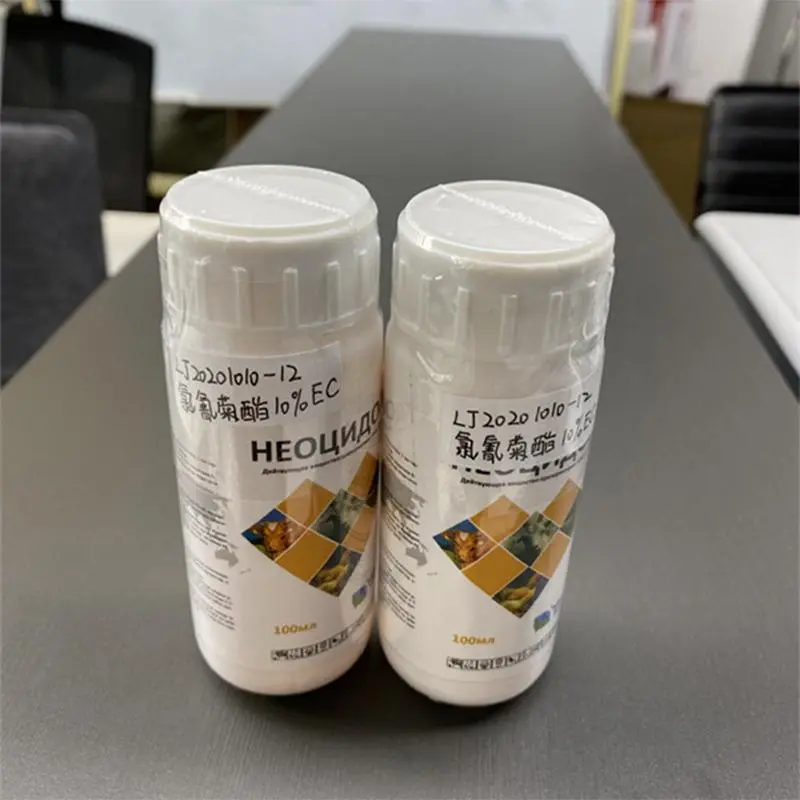
.webp)
